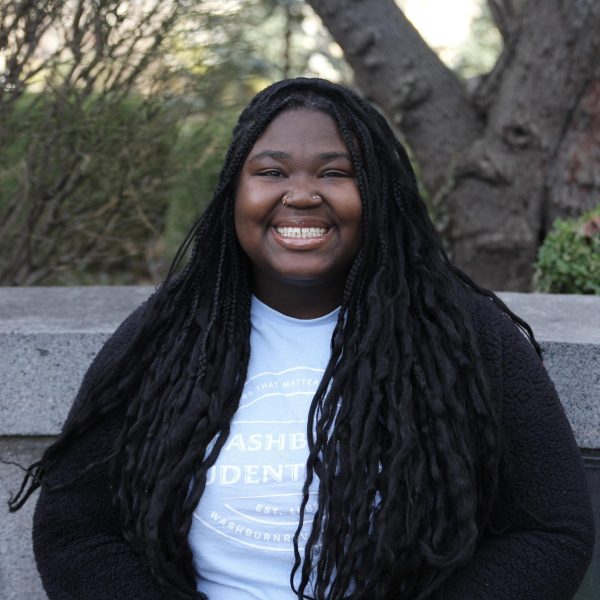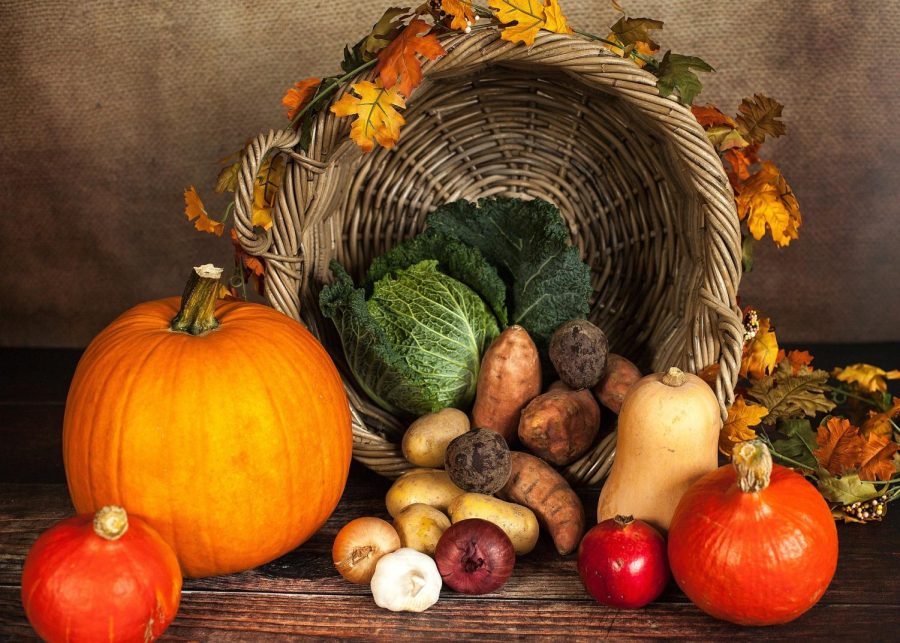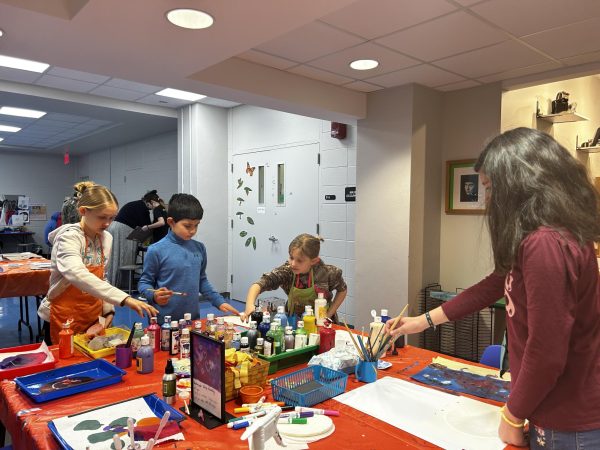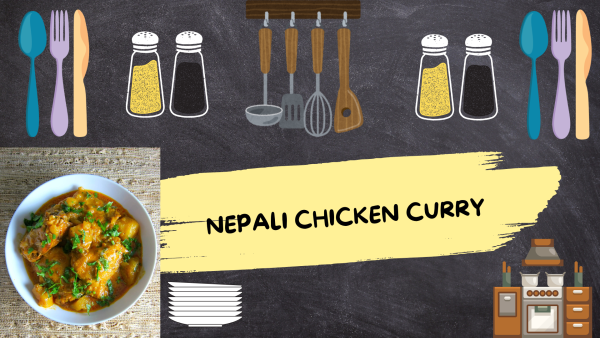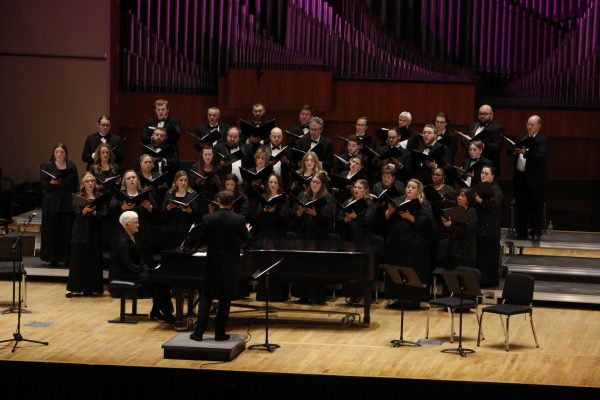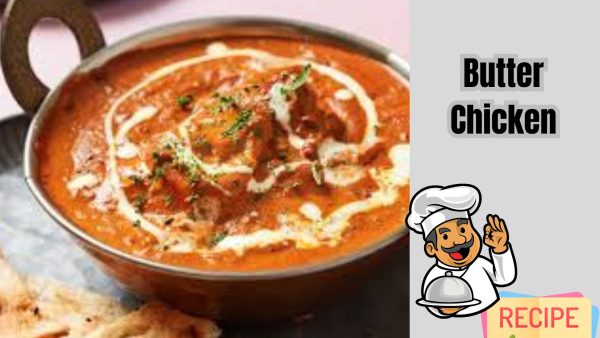The origins of Thanksgiving more complicated than many realize
Thanksgiving is traditionally time of togetherness, but it may have started in a way readers were unaware of.
One of the popular origin stories about Thanksgiving is the dinner between the Wampanoags and Pilgrims in the 1600s. “The People of the First Light,” also known as the Wampanoags, lived in the northeast of North America.
“For decades and generations before the 1620s and in through the 1620s and much later, Wampanoags were living on the land, embracing the land, taking care of the land and having their own Thanksgiving-like celebrations and ceremonies,” said Kerry Wynn, professor of history.
In 1621, gunshots were fired by the Plymouth colony. Ousamequin, a leader of the Wampanoags, and his men went to see what was going on. The Pilgrims of Plymouth were just shooting their guns for a celebration. After learning there was no reason to fight, the Wampanoags stayed and an alliance was made with the Pilgrims. The Wampanoags brought the Pilgrims food because they were very hungry and did not know how to provide for themselves. This would come to be known as the first Thanksgiving and the story Abraham Lincoln used to make Thanksgiving a National Holiday.
According to Wynn, even though Americans are taught that there was a dinner that happened during this occasion, there are only two sources that write about it and it is only mentioned for about four lines.
Before these groups of people engaged with each other, they both had their own Thanksgiving traditions that were similar. Wampanoags and Plymouth colonists had ideas of gratitude during Thanksgiving. Both had ideas that their respective citizens should fast and then feast during important times to celebrate them.
“It’s kind of an accident that they get together and have the actual meal, and it’s part of a strategic alliance,” Wynn said.
During this time, an alliance was made to protect both groups of people. The Wampanoags were not the only people living on the land and offered to help the Pilgrims while they were struggling if they protected each other from other Indigenous peoples.
After a while, more Plymouth colonists come to New England and started to want land. Also, a conflict was building between all the different groups of Indigenous people of the region. Metacom, Ousamequin’s son, was at that point the leader of the Wampanoags, and the relationship between the Plymouth colony had become tense. They will go to war in 1675-76, known as the Metacom War or the King Philip’s War. This was a devastating war for the Wampanoags, and even though both groups lost many lives, the Wampanoags suffered greatly.
“There’s some estimates that forty percent of Wampanoag population are killed in King Phillip’s War and many of their survivors are then sold into slavery in the Caribbean in the aftermath,” Wynn said.
In 1863, Lincoln made Thanksgiving a national holiday to bring comfort to families during the Civil War. Sarah Hale lobbied for establishing Thanksgiving as a national holiday. Lincoln declared a National Day of Thanksgiving in hopes of uniting the Union forces and also uniting the whole country. The country did not entirely celebrate Thanksgiving when it first became a holiday. It started in New England, the Midwest and other places that were part of the Union.
Edited by Justin Shepard
Your donation will support the student journalists of Washburn University. Your contribution will allow us to purchase equipment and cover our annual website hosting costs.
